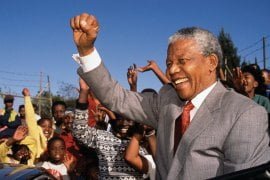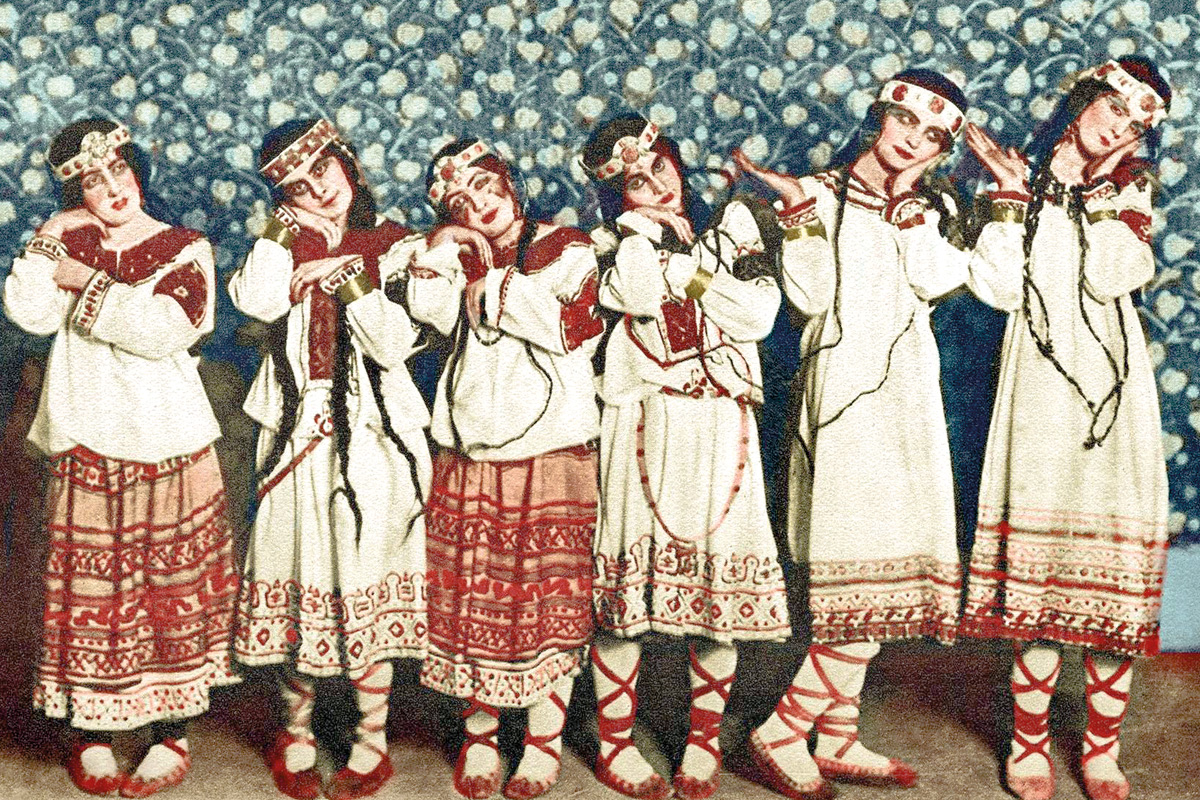The recent death of Nelson Mandela happened to coincide with the release of Justin Chadwick’s biopic based on Mandela’s autobiography ‘A Long Walk To Freedom’, which is essentially a chronicling of events in Mandela’s life from his beginnings as a lawyer, up to his election to presidency in 1994. Ed Taylor of the Sheffield Marxists reviews this biographical film about the famous anti-Apartheid leader.
The recent death of Nelson Mandela happened to coincide with the release of Justin Chadwick’s biopic based on Mandela’s autobiography ‘A Long Walk To Freedom’.
The film features incredible performances from Idris Elba and Naomie Harris as Nelson and Winnie Mandela respectively and is essentially a chronicling of events in Mandela’s life from his beginnings as a lawyer, up to his election to presidency in 1994.
The film tells Mandela’s story largely as a chain of events without any real political analysis, focussing on many of the personal aspects of his life. This isn’t necessarily a bad thing as, whilst it glosses over or leaves out key political points, the film isn’t really a massive distortion of events.
To its credit, the film does a fair job of presenting the story and leaving the audience to draw their own conclusions. However, without a class analysis of the situation in South Africa and the Apartheid regime it would be difficult to see how those conclusions could be anything other than confused or over-simplistic.
For example, one of the events portrayed in the film is the 1960 Sharpeville Massacre, in which South African police opened fire on black protesters, killing women and children and shooting people in the back as they turned to flee. This is shown in the film as Mandela’s reason for the ANC’s violent protesting.
Of course, the massacre was a turning point in the history of the movement and it was after this that Umkhonto we Sizwe, the military wing of the ANC, was set up. However, the inception of Umkhonto we Sizwe was also to do with wider political events occurring at the time, such as the Chinese and Cuban revolutions. Mandela was personally influenced by Che Guevara and this was another significant feature of the ANC’s decision to adopt guerilla tactics. These influences on Mandela are in no way portrayed in the film.
Where a class analysis of the South African situation is really needed, however, is in the scenes portraying Mandela’s conversations with the white bourgeoisie, discussing the terms of his release. What has to be understood about these discussions, which isn’t clarified in the film, is why after keeping him in prison for so long, was it now in the bourgeosie’s interest to release Mandela. The situation was that the capitalist classes felt, quite rightly, that the growing radicalisation in South Africa was a threat to the capitalist system. They needed to buy out Mandela in order to dampen the movement, and this was achieved.
In one scene news commentary can be heard in the background saying that the Americans were losing patience with DeClerk. This could be interpreted as support for Mandela from the US, but it is more likely an indication of how the international bourgeoisie were mindful of the mobilisation of the South African workers and the threat this posed to their class on a global scale. Despite Nelson Mandela being a key figure in the overthrow of apartheid, his release served the interests of global imperialism.
The blacks in South Africa may now have the vote, but many of them are still living in desperate poverty and the gap between the rich and the poor is even wider now then it was in the days of apartheid. The film is guilty of over-simplification of the political issues at play in its portrayal of the black movement during Mandela’s time in prison. It is important to give credit where it is due however, and the film should be merited for at least showing that a movement existed and that the ending of apartheid was not the sole achievement of Nelson Mandela. A point that is repeated throughout the film by Mandela and others is that no one man can bring about change, but a united movement can.
The section where Mandela decides to split from his comrades and engage in talks with the white government, thus contradicting his previous beliefs, is given significance in the film. Where the representation of this movement falls short however, is in the fact that the struggle is portrayed as being merely a race issue. It is shown that the blacks want to fight against the whites, but the details of what they want to fight for aren’t particularly discussed.
The role of trade unions such as COSATU, which mass mobilised the oppressed South Africans, as well as the revolutionary socialist policies within the anti-apartheid movement, are left out and this results in a distorted picture.
Because the film shows that the workers wanted to ‘fight’ but doesn’t say what for, the audience can only draw conclusions that the anti-apartheid movement was about black people wanting revenge against white people. Whilst this may well have been an attitude present at the time, to see this as the only motivation for the movement is a distortion.
This is an enjoyable film that might well increase people’s interest in the individuals and events portrayed. However, it must be recognised that Mandela: Long Walk To Freedom is told from the perspective of the black bureaucracy of South Africa. Because of this, the real working class movement present at the time is downplayed.
However, it would be crude to blast a film based on Nelson Mandela’s autobiography for telling it from the perspective of Nelson Mandela. Overall, the film is well made with some great performances. But the events it portrays can only be fully understood with a clear Marxist analysis.






